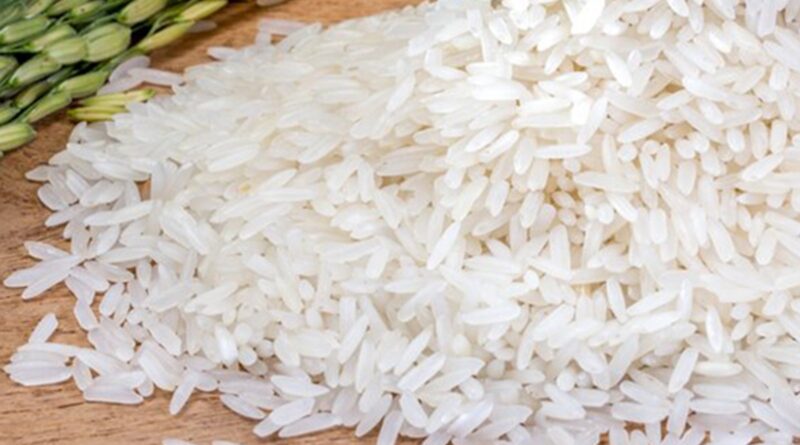Lower duty on edible oils, nuts; target growth in spice, rice in US deal: Niti Aayog
By Ravi Dutt Mishra
India should offer concessions on agricultural products from US such as edible oils and nuts where domestic supply gaps exist, and explore duty concessions to boost high-performing exports — including shrimp, fish, spices, rice, tea, coffee, and rubber — in the US market during the Bilateral Trade Agreement (BTA) negotiations, a Niti Aayog working paper has argued.
The need for calibrated negotiations on agricultural trade relations between India and the US arises as India has traditionally maintained relatively high tariffs on politically sensitive agricultural sectors to protect farmers, but the US, under President Donald Trump, has been aggressively pushing for greater market access and lower tariffs, posing a challenge for developing countries such as India.
The working paper dated May said India can offer some concessions to the US in the “import of soybean oil” to meet US demands to reduce the trade imbalance, without harming domestic production, as India is the largest importer of edible oil in the world and the US has a huge export surplus of soybean.
‘Import soybean seed from US
“We should also explore the option of importing soybean seed and using it for extracting oil in the coastal areas, then selling the oil in the domestic market and exporting the meal, for which there is adequate overseas demand. This will avoid genetically modified (GM) feed entering the Indian market,” the paper, authored by Senior Adviser at NITI Aayog, Raka Saxena, and Member of NITI Aayog, Ramesh Chand, said.
“Similarly, corn may be imported for ethanol blending, and its by-products — like Distiller’s Dried Grains with Solubles (DDGS) — can be entirely exported to avoid GM feed in the country. US corn is cheaper and can be used to meet India’s biofuel targets without disrupting local food and feed markets,” the paper said.
Notably, soybeans and corn are among the US top exports to China, where a trade war may affect agricultural trade between the two countries. According to a Reuters report, US soybean exports may drop 20 per cent and prices could plunge if the United States and China fail to resolve their trade dispute, limiting US soybeans from accessing their largest market.
Ease US apple imports
“Indian producers already enjoy supply advantages in commodities like rice and pepper. High tariffs on such products by India, which are regularly exported by the country, can be easily lowered or even removed in the bilateral trade accord. Such tariffs are not relevant for trade with countries like the US,” the paper said.
The Niti Aayog paper said India can consider lower tariffs on agricultural commodities where either domestic production is small or imports do not compete with domestic production due to different quality grades and seasons. “For example, US apples sell at a premium price in Indian retail markets due to different quality, long shelf life, and off-season availability.”
Boost exports of fish, spices & coffee
“India should negotiate more access to the US market for high-performing exports like shrimp, fish, spices, rice, tea, coffee, and rubber. India earns approximately $5.75 billion annually from agri-exports to the US. Expanding this through duty waivers or TRQs should be part of trade talks,” the paper said.
The authors said that US is expected to remain a big market for export of surplus food from India and all efforts need to be made to keep favorable environment for export to US. “This should include strategic opening for US imports into India to achieve larger gains in exports. The ongoing negotiations between the two countries for a bilateral trade accord seem to be the best option for resetting long term trade relationships”.
“Export basket should emphasize both, traditional products like fishery and rice sold in large volume and a large number of high value products, differentiated products, ethnic products, attribute-based products, health foods, processed food etc. which are individually small but cumulatively quite large,” the paper said.
In the last 10 years, India’s agricultural exports to the US grew nearly fivefold, from $1.18 billion to $5.75 billion and the share of the US in India’s total agricultural exports saw a slight decline, dropping from 11.5 per cent in 2004 to 9.8 per cent in 2024. Meanwhile, India’s agricultural imports from the US increased even faster, rising from $291 million in 2004 to $2,217.9 million in 2024.
This article has been republished from The Indian Express.

